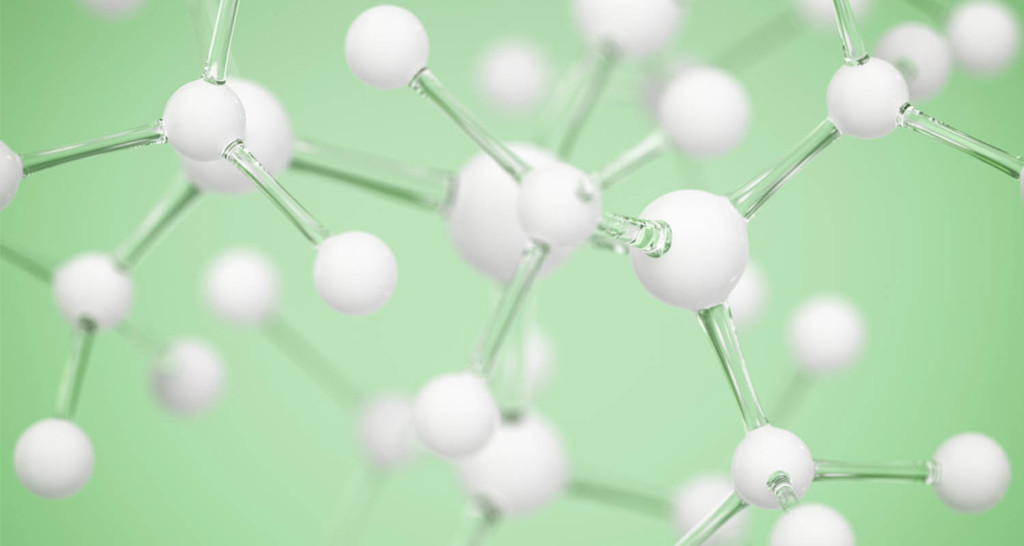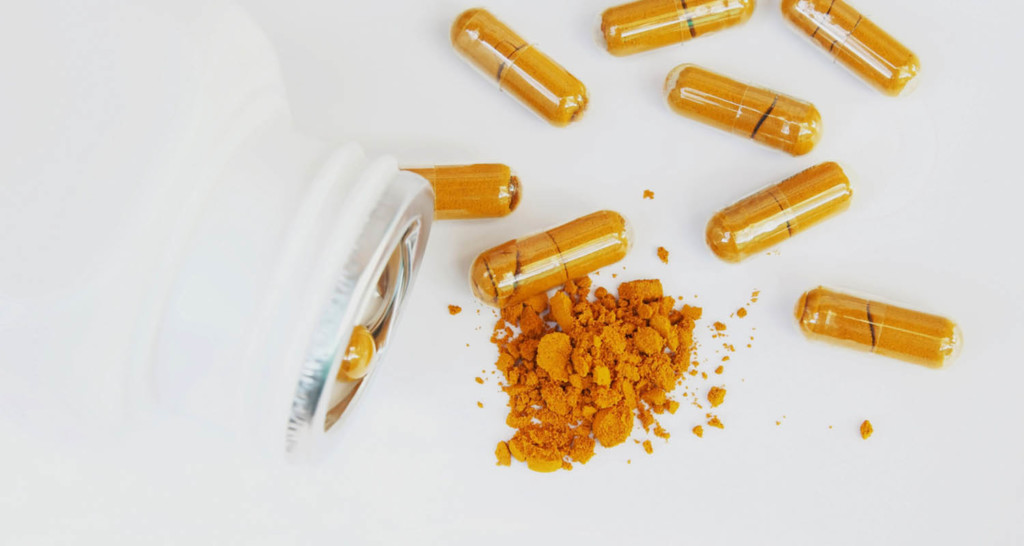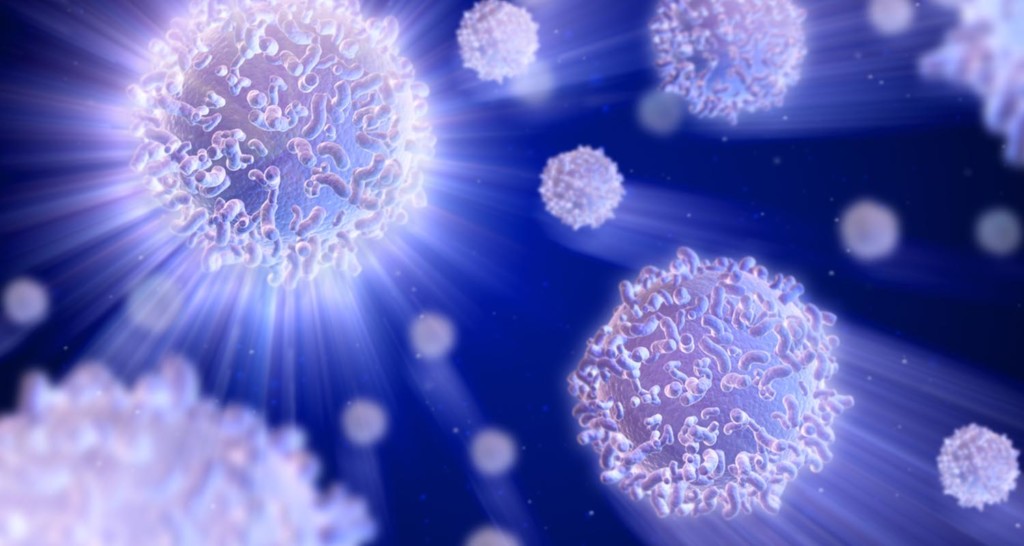In this episode of Bulletproof Radio, our guests are Justin Strahan and Scott Nelson, the co-founders of a company called Joovv. Joovv is taking the clinical research behind the healing benefits of red and infrared light therapy and turning that into practical devices that you can use at home.
Scott and Justin have a combination of expertise that is truly unique. Scott focuses on the biology of how this stuff works and Justin has spent years doing design and engineering. So, in this episode, we talk about the clinical studies, ways to control your cellular biology, and what light actually does to our bodies.
If you have read Head Strong or listened to the other podcast episodes about light, you’ll know that light is one of the big signals your body listens to all the time. It is like any another nutrient that comes into your body – so you need to be choosy.
Enjoy the show!
Follow Along with the Transcript
Light Hacking: Infrared, the Sun & Your Health – Joov #516
Links/Resources
Website: joovv.com
Go to joovv.com/dave to get a copy of Dave’s book, Head Strong, with your purchase of any Joovv device.
Show Notes
- How infrared works on the brain 00:08:15
- Why light therapy enhances so many physiological functions 00:13:27
- How is this different than just getting some good old sunshine? 00:17:10
- The ways that most of us use sunlight 00:20:20
- Should you put something on your skin before infrared therapy? 00:22:51
- Why pulsing, blinking or the refresh rates on lights matter 00:31:07
- How safe is light therapy? Are there side effects? 00:44:45
- How red light therapy works on hair growth 00:50:26
- How to use light for mental clarity 00:52:48
- The average American spends 93% of their time under artificial light 00:56:25
- How Nasa first used light therapy 01:00:24
Go check out “Headstrong” and “The Bulletproof Diet” on Amazon and leave a review!
If you like today’s episode, check us out on Apple Podcasts at Bulletproof.com/iTunes and leave us a 5-star, positive review.


 Increases energy and stamina: Sulbutiamine is ideal for those days when you’re feeling slow but want to get a lot done. Several large studies have found that sulbutiamine significantly increases energy in people who are feeling fatigued.[ref url=”https://www.ncbi.nlm.nih.gov/pubmed/18379496″][ref url=”https://www.ncbi.nlm.nih.gov/pubmed/12973384″][ref url=”https://www.ncbi.nlm.nih.gov/pubmed/14628585″][ref url=”http://saudepublica.bvs.br/pesquisa/resource/pt/lil-699603″][ref url=”https://www.ncbi.nlm.nih.gov/pubmed/14710977″]
Increases energy and stamina: Sulbutiamine is ideal for those days when you’re feeling slow but want to get a lot done. Several large studies have found that sulbutiamine significantly increases energy in people who are feeling fatigued.[ref url=”https://www.ncbi.nlm.nih.gov/pubmed/18379496″][ref url=”https://www.ncbi.nlm.nih.gov/pubmed/12973384″][ref url=”https://www.ncbi.nlm.nih.gov/pubmed/14628585″][ref url=”http://saudepublica.bvs.br/pesquisa/resource/pt/lil-699603″][ref url=”https://www.ncbi.nlm.nih.gov/pubmed/14710977″] Sulbutiamine is made up of two vitamin B1 molecules attached together, which could explain its effect on memory. Vitamin B1 plays an essential role in acetylcholine synthesis in your brain. In fact, it’s the only vitamin that regulates acetylcholine levels, keeping them from getting too low or too high.[ref url=”http://journals.sagepub.com/doi/abs/10.3181/00379727-58-14882″]
Sulbutiamine is made up of two vitamin B1 molecules attached together, which could explain its effect on memory. Vitamin B1 plays an essential role in acetylcholine synthesis in your brain. In fact, it’s the only vitamin that regulates acetylcholine levels, keeping them from getting too low or too high.[ref url=”http://journals.sagepub.com/doi/abs/10.3181/00379727-58-14882″] If you decide to give sulbutiamine a shot, your best bet is to cycle it. When you don’t take the occasional day off from sulbutiamine, it’s likely you’ll build tolerance to its effects, and the sulbutiamine will stop working unless you increase the dose. That’s not a good path to go down.
If you decide to give sulbutiamine a shot, your best bet is to cycle it. When you don’t take the occasional day off from sulbutiamine, it’s likely you’ll build tolerance to its effects, and the sulbutiamine will stop working unless you increase the dose. That’s not a good path to go down.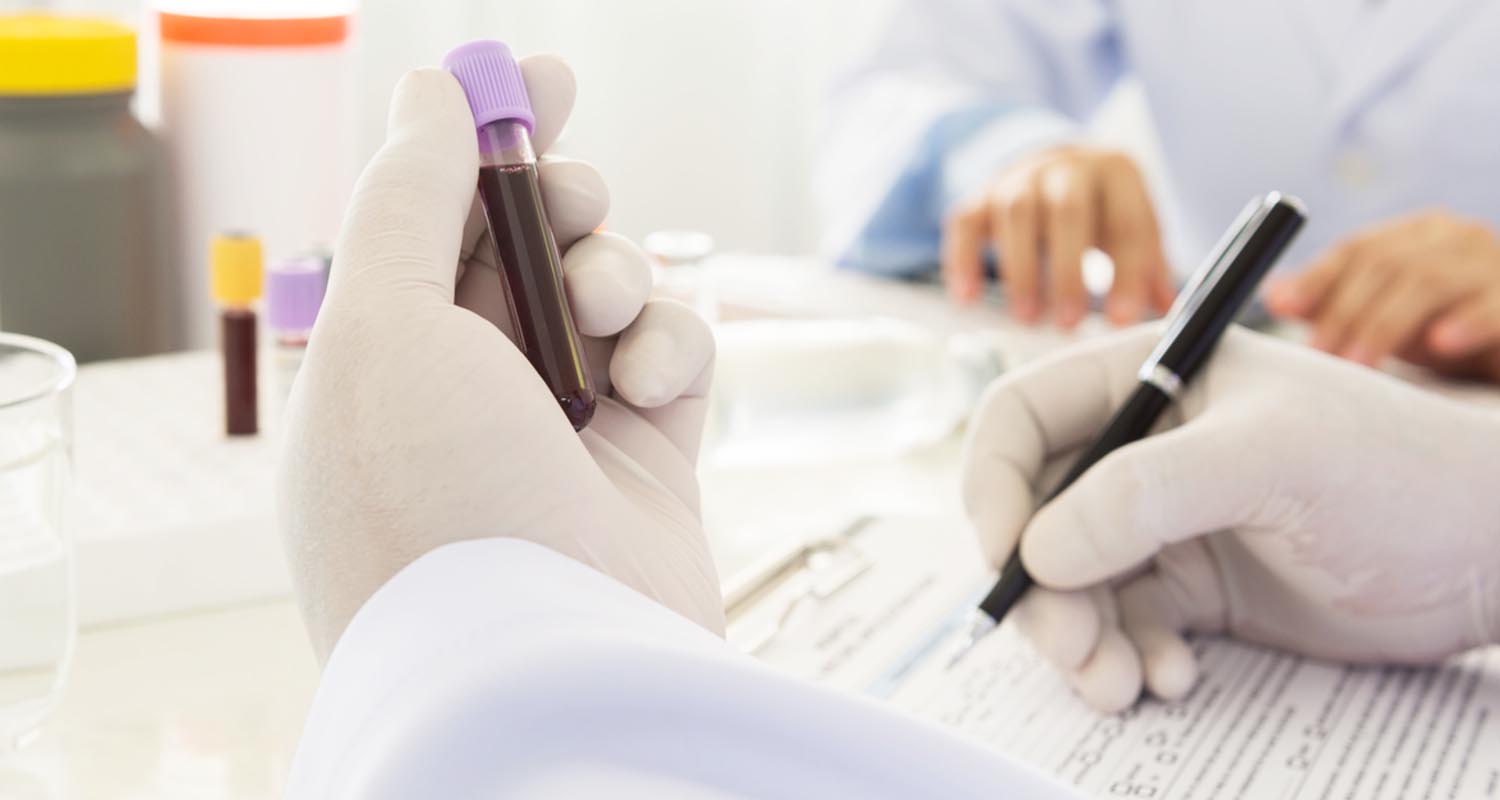 You can just follow the advice at the bottom of this article (it’s good advice for stress management, even if you don’t have adrenal fatigue), but if you want to be really sure that you have adrenal fatigue, I recommend getting a cortisol test from a functional medicine doctor.
You can just follow the advice at the bottom of this article (it’s good advice for stress management, even if you don’t have adrenal fatigue), but if you want to be really sure that you have adrenal fatigue, I recommend getting a cortisol test from a functional medicine doctor. Ultimately, adrenal fatigue comes from long-term stress.
Ultimately, adrenal fatigue comes from long-term stress. Cut out sugar, refined carbs, alcohol, and other inflammatory foods, and replace them with good fats, antioxidant-rich veggies, and grass-fed or wild-caught meat. If you haven’t seen it yet, take a look at the
Cut out sugar, refined carbs, alcohol, and other inflammatory foods, and replace them with good fats, antioxidant-rich veggies, and grass-fed or wild-caught meat. If you haven’t seen it yet, take a look at the 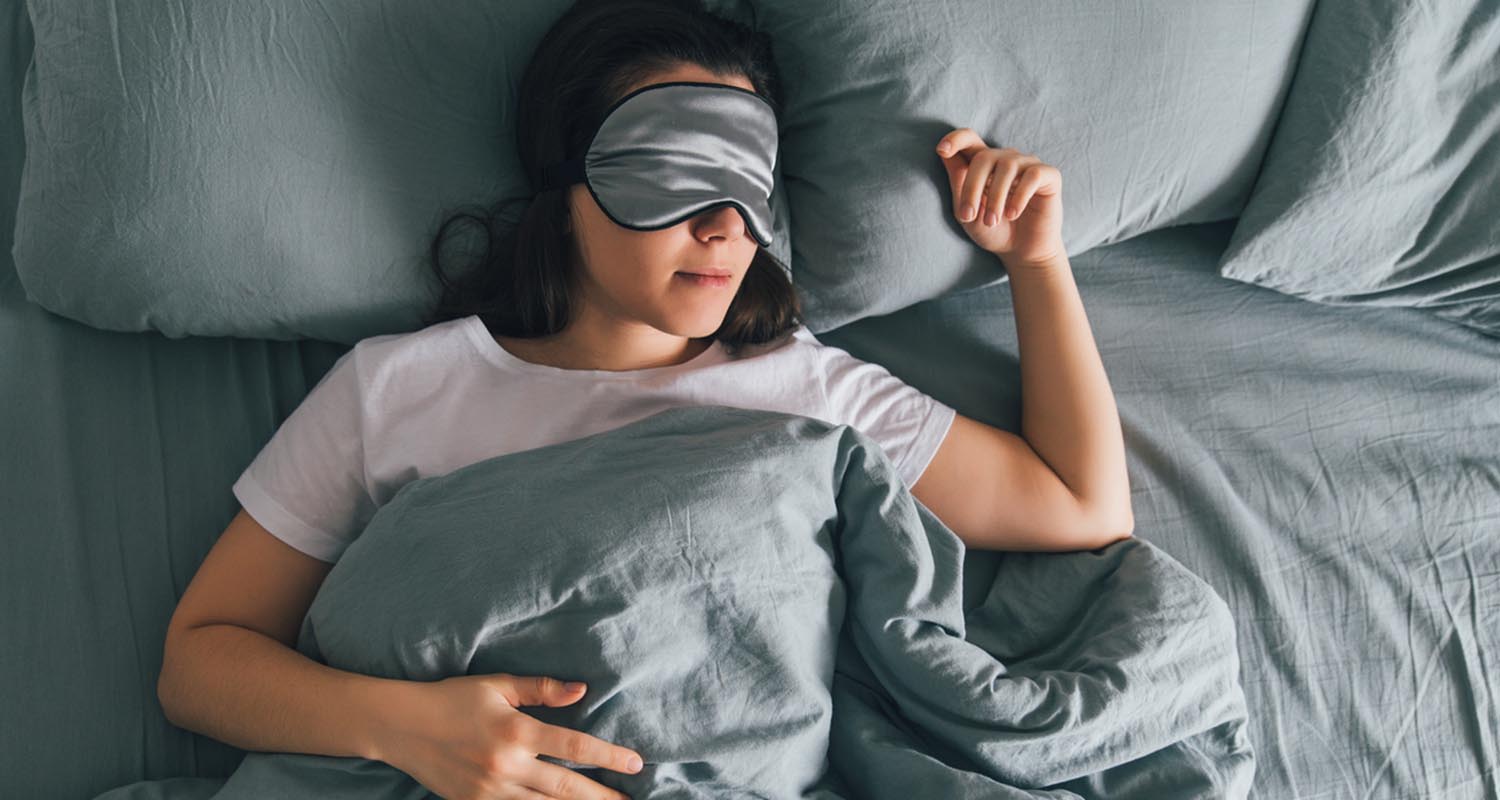 Sleep is especially important with adrenal fatigue, because when your cortisol is all over the place, you can have trouble falling asleep and staying asleep — which, in turn, stresses you out even more. It’s a vicious cycle.
Sleep is especially important with adrenal fatigue, because when your cortisol is all over the place, you can have trouble falling asleep and staying asleep — which, in turn, stresses you out even more. It’s a vicious cycle. Coffee is misunderstood when it come to adrenal fatigue. The standard advice is to avoid it entirely because it spikes cortisol. The reality is a little more complicated than that.
Coffee is misunderstood when it come to adrenal fatigue. The standard advice is to avoid it entirely because it spikes cortisol. The reality is a little more complicated than that. The right supplements can make a huge difference in adrenal fatigue by improving the way you handle stress. There are a few different gold-standard supplements for stress:
The right supplements can make a huge difference in adrenal fatigue by improving the way you handle stress. There are a few different gold-standard supplements for stress: Meditation of any kind is one of the most powerful ways to deal with stress, and it can go a long way toward normalizing your cortisol levels and treating adrenal fatigue.[ref url=”https://www.ncbi.nlm.nih.gov/pubmed/23724462″]
Meditation of any kind is one of the most powerful ways to deal with stress, and it can go a long way toward normalizing your cortisol levels and treating adrenal fatigue.[ref url=”https://www.ncbi.nlm.nih.gov/pubmed/23724462″]
